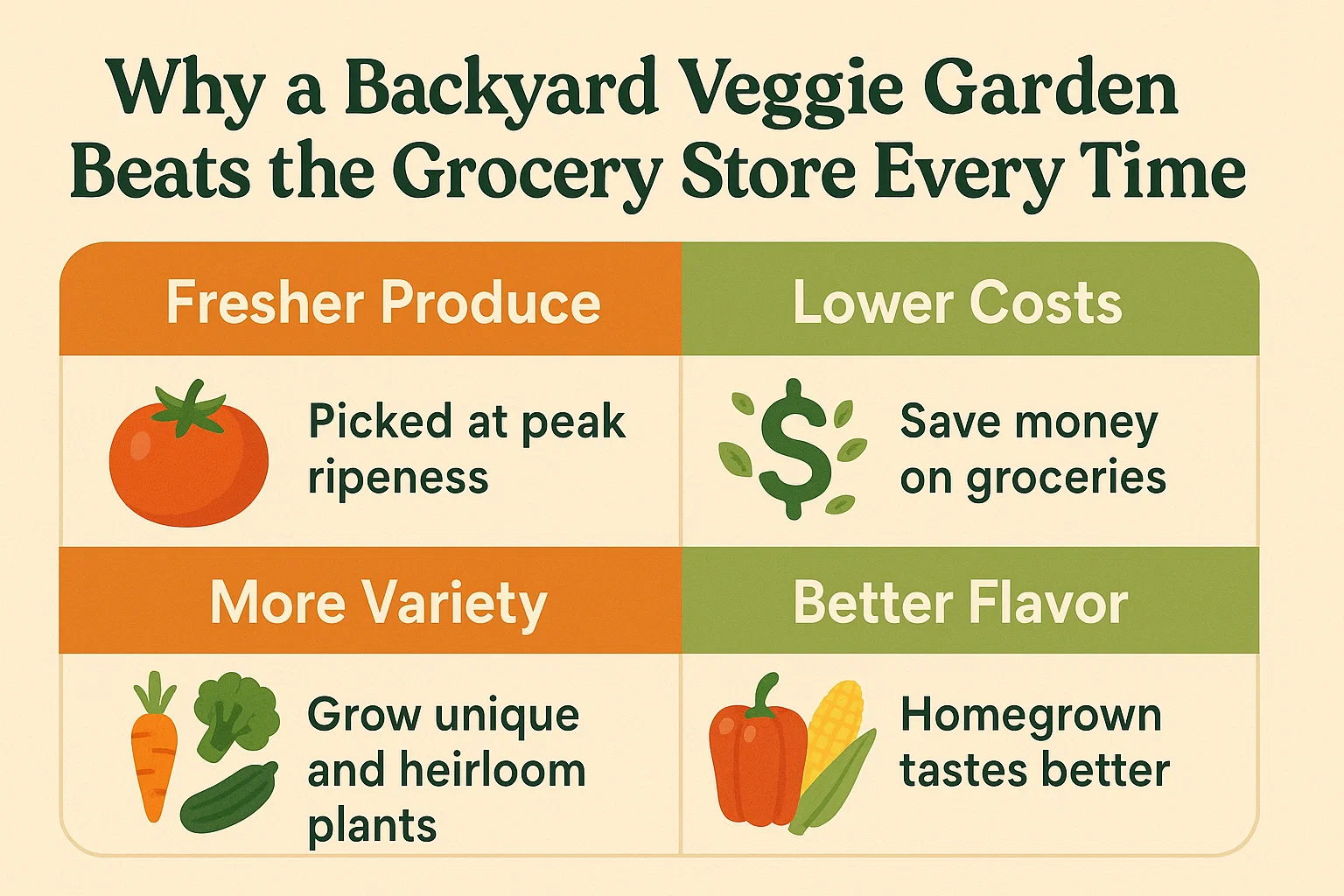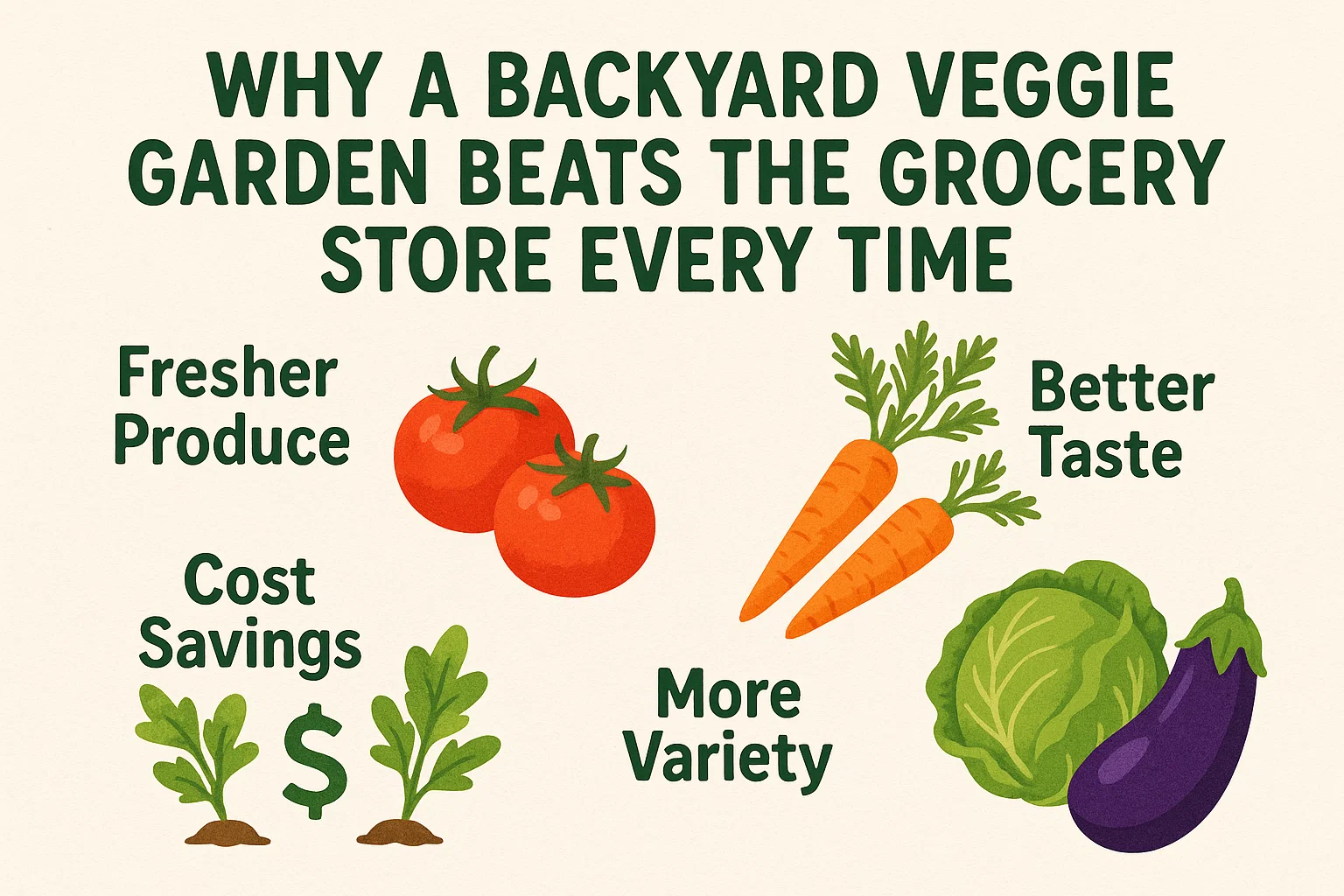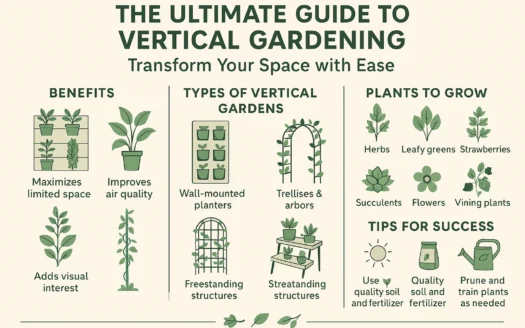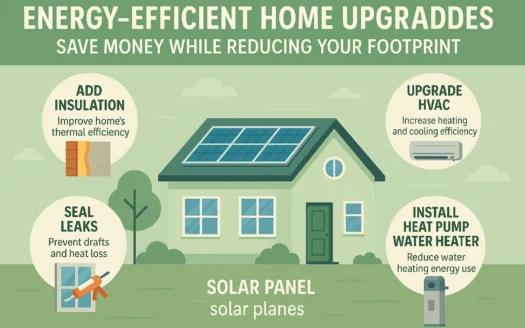Why a Backyard Veggie Garden Beats the Grocery Store Every Time

Why a Backyard Veggie Garden Beats the Grocery Store Every Time
The Case for Growing Your Own Vegetables
When fresh produce is available year-round at supermarkets, why invest time and effort into a backyard garden? The reasons are both straightforward and convincing:
- Control Over Quality: From seed selection to soil composition, nutrient choices, and pest management, every aspect of growing is in your hands.
- Superior Flavor and Texture: Homegrown vegetables, like tomatoes, outperform store-bought versions in taste and texture. Grocery produce often suffers from blandness or mealiness due to transportation and storage practices.
- Cost Savings: While initial garden setup costs range from $400 to $500, this is far less than the $2,400 the average household spends annually on store-bought vegetables.
Steps to a Successful Backyard Garden
A thriving garden requires careful planning and execution. Follow these steps for a healthy, abundant harvest:
Step 1: Set Up a Raised Bed
- Materials: Use untreated wood, bricks, galvanized steel, or chemical-free containers. Avoid treated materials to prevent soil contamination.
- Assembly: Simplify construction with no-nail solutions like M-Brace brackets or traditional screws.
- Location: Ensure full-day sunlight (minimum 6 hours). Partial shade reduces yield and stunts growth.
Step 2: Choose the Right Soil
- Pre-Mixed Options: Local nurseries offer pre-prepared vegetable soil blends. Consult staff for recommendations.
- Organic Amendments: Mix in composted manure (e.g., Black Kow) to improve soil texture and nutrient content.
- Nutrient Balance: Prioritize organic fertilizers with seaweed, bone meal, or wood ash for nitrogen, phosphorus, and potassium.
Step 3: Select Your Plants
- Local Expertise: Contact your state’s Cooperative Extension Office for frost dates, crop recommendations, and growing guides tailored to your region.
- Climate Considerations: For example, root vegetables struggle in humid, low-lying areas like Florida, while okra and tomatoes thrive.
- Seedlings vs. Seeds: Beginners should start with seedlings for easier success. Follow spacing guidelines to avoid competition for resources.
Step 4: Install Efficient Irrigation
- Drip Systems: Use a drip irrigation setup to maintain consistent soil moisture. These systems minimize evaporation and prevent overwatering.
- Setup Tips: Attach to a hose spigot with a splitter for convenience. Ensure even water distribution across the bed.
With these steps completed, your garden is primed to deliver a bountiful harvest. The combination of fresh flavors, cost savings, and the satisfaction of self-sufficiency makes backyard gardening a rewarding investment.




